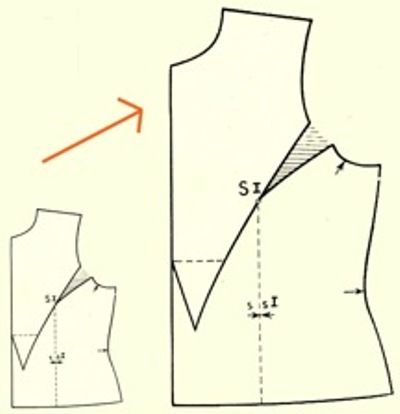
"How to Enlarge Patterns from Small Scale to Full Scale" is a downloadable PDF file that describes six methods for converting small or half-scale patterns to full size. It is available for $3.95 at The Center for Pattern Design website.
A few weeks ago, I heard about The Center for Pattern Design website and e-newsletter from Judith Neukam, Threads’ senior technical editor. Judith told me about what a wonderful and FREE resource the e-mail newsletter is, and in particular, a recent article about working with half-scale dress forms and design tools.
I read the newsletter and checked out the Center’s website. It is an amazing resource for those who sew. It is full of resources and inspired information about pattern-making, and offers the tools to work with as well.
Sandra Ericson, The Center for Pattern Design’s founder, was the author of “No Waste Allowed” in Threads no. 149. Zero-waste cutting is featured on the Center’s home page as I write this, but I meant to focus on half-scale design. )There is much, much more to explore on the website!)
What is half-scale design?
The concept is simple: to test and create designs, make muslins and sample garments, at 50 percent of their usual size. Slopers, dress forms, measuring tools and more are all available to help with this method. In 2009, members of the Association of Sewing & Design Professionals recreated 38 designs by Madeleine Vionnet in half scale. You can see some of the garments in Judith’s post, “Vionnet in Miniature.”
Why work on the half scale?
These tips are from The Center for Pattern Design’s page devoted to this technique, “Half-Scale Pattern Design.”
- You can see the entire form while still standing near enough to make changes to the design.
- The eye can accurately gauge the best proportions for the body and the design.
- You can better predict the behavior of the fabric.
- The design can be created in the actual fashion fabric, since so little is used; its characteristics can be used to the best effect in the design.
- Custom dressmakers can use the half scale to exhibit their work for customers, enabling customers to “see” the garment much more clearly.
- Sewing instructors can use it as an effective way to teach sewing skills – students learn construction skills without having to worry about fit and they feel more willing to try a technique without having to wear it.
- The garment pieces are small enough that students can see which end is up.
- And finally, the student has a permanent sample that can always be checked again for how-to.
I can’t wait to try this method myself. I think it will conserve my time, space, energy – and fabric! Do you design on the half scale? If not, do you think you would try it after hearing about its benefits?


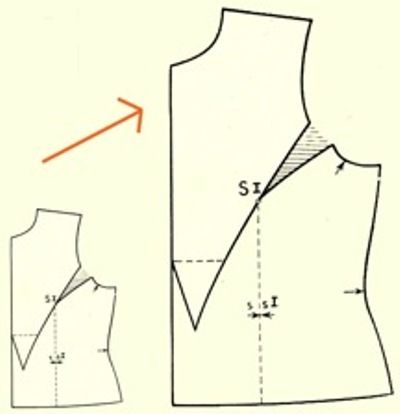
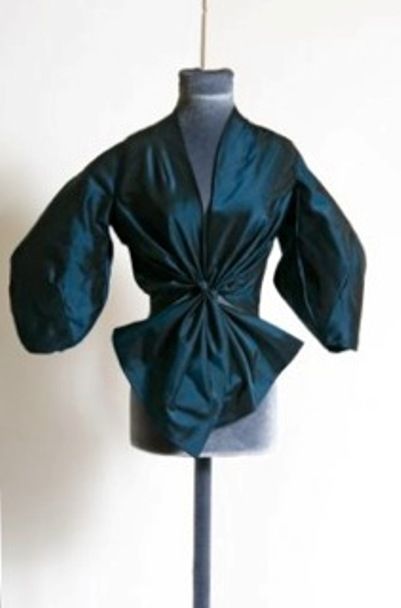
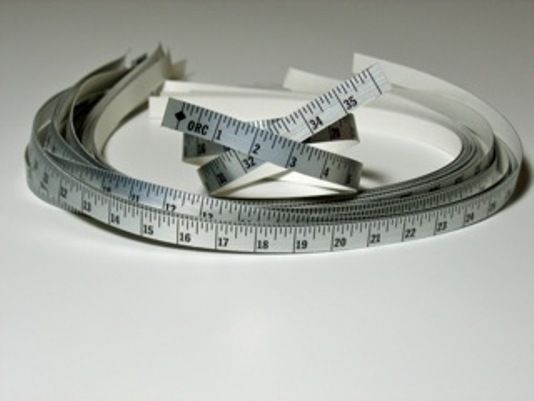

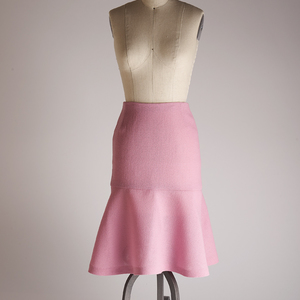
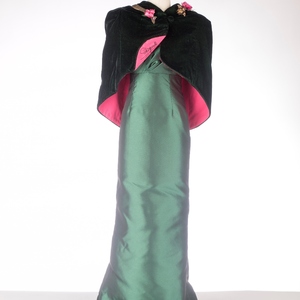



























I used to teach pattern design using 1/4 scale patterns and rules at adult evening classes. Feel sure 1/2 size would have been a better size. 1/4 scale is too small sew. and too "minature"
Might try 1/2 size myself for complicated designs
My pattern fitting and alterations class at the local jc required us to do everything in half scales before going full sized. It was really helpful!
So creative.
http://www.goodorient.com/prom_Dress_C333
I am so excited, I just picked my 1/2 scale dress form today. Now I feel better about trying out my designs that I have drawn.
I used a 1/5 (metric) scale for a short while when I was being taught by a British trained private tutor. I still have those pieces that we made. I only wish I could afford one now. When I was younger before having gone to any class or so, I used to make whatever I was going to make for me on my dollies. Unfortunately i did not know about scale then, but it worked for me.